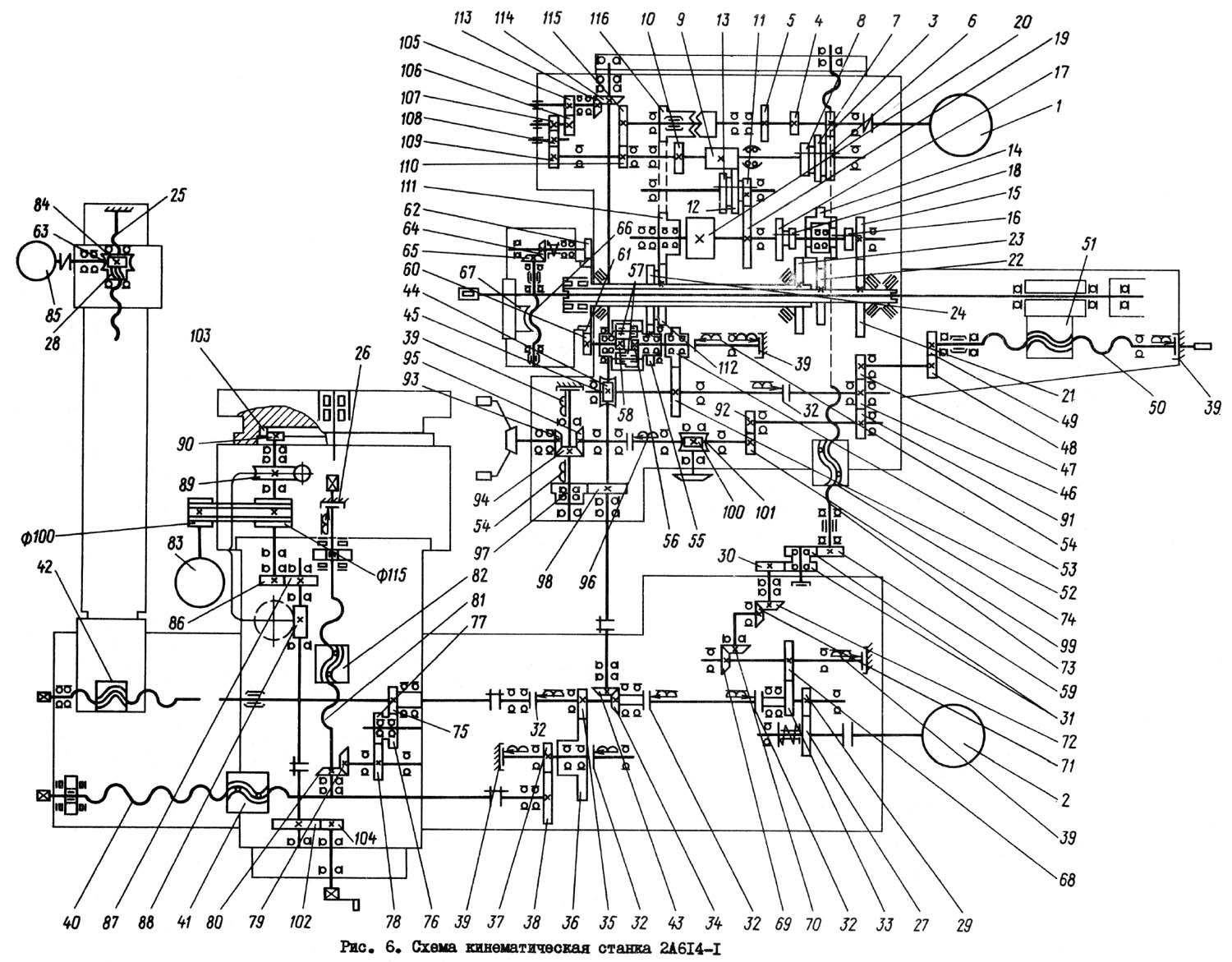
Pasport Na Stanok 2m614
The Mg 2+ dependence of the kinetics of the phosphorylation and conformational changes of Na +,K +-ATPase was investigated via the stopped-flow technique using the fluorescent label RH421. The enzyme was preequilibrated in buffer containing 130 mM NaCl to stabilize the E1(Na +) 3 state.
On mixing with ATP, a fluorescence increase was observed. Two exponential functions were necessary to fit the data. Both phases displayed an increase in their observed rate constants with increasing Mg 2+ to saturating values of 195 (± 6) s −1 and 54 (± 8) s −1 for the fast and slow phases, respectively. The fast phase was attributed to enzyme conversion into the E2MgP state.
PASPORT General Science Sensor - PS-2168. Simultaneously measure temperature, light, sound level and voltage -- all with just one sensor! For use with PASPORT and ScienceWorkshop Interfaces. PASPORT Fast Response Temperature Probe (3 pack) PS-2135: Get Quote: Select. This is my first AR-15. Arrived in a timely manner. I was kept apprised of the ship tacking all the way through delivery to my FFL. After learning as much as I could about operating the weapon, I took it to the range and shot 60 rounds using the mag supplied With the gun and an after market mag.
The slow phase was attributed to relaxation of the dephosphorylation/rephosphorylation (by ATP) equilibrium and the buildup of some enzyme in the E2Mg state. Taking into account competition from free ATP, the dissociation constant ( K d) of Mg 2+ interaction with the E1ATP(Na +) 3 state was estimated as 0.069 (± 0.010) mM. This is virtually identical to the estimated value of the K d of Mg 2+-ATP interaction in solution. Within the enzyme-ATP-Mg 2+ complex, the actual K d for Mg 2+ binding can be attributed primarily to complexation by ATP itself, with no apparent contribution from coordination by residues of the enzyme environment in the E1 conformation.
Introduction An important role of Mg 2+ in biology is as a cofactor of ATP. The Mg 2+ ion is complexed by the negatively charged oxygens of its phosphate groups. The Mg 2+ is thus thought to help shield the negative charges of the phosphates, allowing reaction with the electron pairs of attacking groups and facilitating phosphoryl transfer (). One of the most important enzymes in which this is the case is the Na +,K +-ATPase, which is responsible for maintaining electrochemical potential gradients for Na + and K + across the plasma membrane. To our knowledge, no crystal structure of the Na +,K +-ATPase in the E1 state with bound Mg 2+ and ATP has yet been reported. Nevertheless, based on a published crystal structure of the related enzyme sarcoplasmic reticulum Ca 2+-ATPase (), and using computer modeling, Patchornik et al.

() suggested that, like the phosphates of ATP, the aspartate residues D710, D443, and D714 contribute to Mg 2+ coordination. Although this may be correct, it is difficult from crystal structural data to make conclusions about the relative strengths of interactions. The aim of this article is to provide reliable experimental data on the strength of binding of Mg 2+ ions to the Na +,K +-ATPase. A difficulty in studying Mg 2+ interaction with the Na +,K +-ATPase under physiological conditions, i.e., in the presence of ATP and Na + ions, is that it immediately induces phosphorylation, so that Mg 2+ binding cannot be separated from the phosphorylation reaction. This precludes equilibrium binding studies. Here we have, therefore, applied a pre-steady-state kinetic technique (stopped-flow spectrofluorimetry) utilizing the voltage-sensitive fluorescent probe RH421. Games ps2 dragon ball sparking meteor iso.